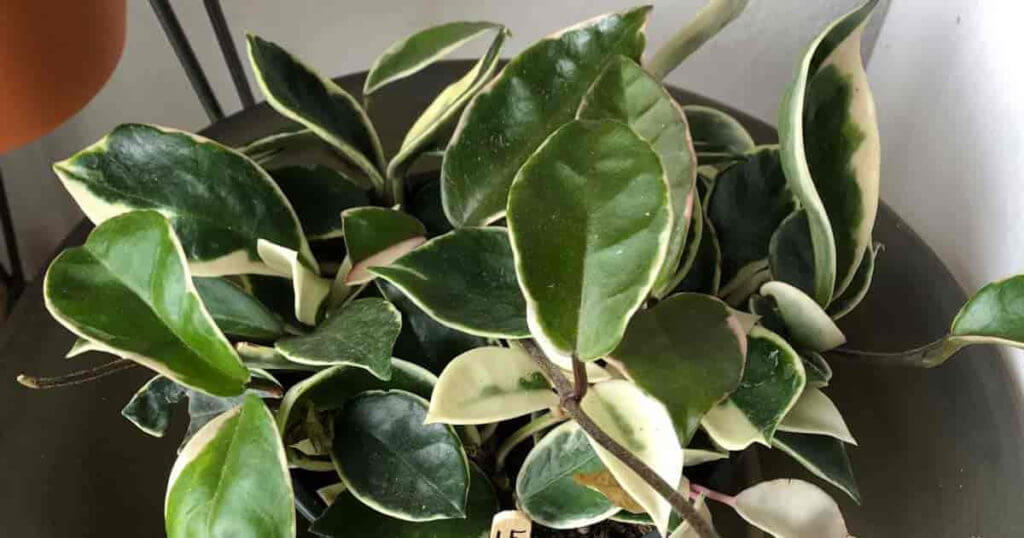The Hardiest Houseplant You’ve Never Heard Of

Joel Friesen
Horticulturist





Pull up a chair, roll up your sleeve, and put on a brave face because it’s time for your daily dose of trivia! Ready? Let’s begin: What plant is hand pollinated using cat whiskers? Need a hint? This plant shares its name with the mascot of Georgetown University. If you answered Hoya, then treat yourself to a lollipop on the way out. Well played!
Plants of the Hoya genus, known colloquially as wax plants, are predominantly vining species native to tropical and subtropical Asia and Australia. They are members of the dogbane family, Apocynaceae, whose relatives include horticultural heavyweights such as jasmine, mandevilla, milkweed, oleander, periwinkle, and plumeria. The family is perhaps best known for their poisonous milky-white sap, so it’s fair to assume that Apocynaceae family reunions are a toxic trainwreck that you’ll want to steer clear of. It’s a large family with no shortage of drama and discord. There isn’t even agreement on how many species of Hoyas presently exist in the wild. It is believed that there are at least six hundred species and many more hybrids that are the result of breeding with the aforementioned cat whiskers. The small size of flowers in the genus precludes the use of larger instruments like the paint brushes that are widely used commercially to delicately dust female flowers with male pollen grains.
There are a host of reasons why Hoyas have become increasingly popular as houseplants and chief among those reasons is their hardiness. Hoyas have a slow growth rate, which means they require less frequent fertilizing and pruning than traditional vining houseplants like ivy, Philodendron, and Pothos. Secondly, they are easily propagated clonally by stem clippings which means nurseries are able to mass produce them at low cost. Thirdly, Hoyas are an extremely diverse genus–one that invites breeders to dip into a deep gene pool from which so many novel combinations are possible. In the wild, they grow in a wide range of ecosystems ranging from sandy seaside tussocks to high up in the branches of rainforest trees approaching one-thousand-foot elevations. Many Hoyas live as epiphytes, meaning they adhere to nearby shrubs and trees in their native environs yet they do not swindle these supporting plants of water or nutrients as parasitic plants do.
As houseplants, Hoyas will readily set aside these epiphytic proclivities and settle into the domestic life of potted planthood provided they are afforded two conditions: well-drained soil and bright but indirect sunlight. These two criteria are crucial to their survival because many Hoyas are adapted to growing in the boughs of trees where moisture is only available in short spells and where sunlight is filtered through multiple layers of rainforest canopy. Select species, like H. carnosa, that have thin, dark green leaves are typically from jungles with high humidity and low light levels. In contrast, species like H. kerrii that have thickened, succulent leaves and are pale green in hue are likely to be more tolerant of high light conditions and are better able to withstand prolonged periods of drought. When shopping for plants for specific microclimates of your house or garden, keeping these and other characteristics in mind can be tremendously helpful. For those new to growing Hoyas, H. carnosa and H. pubicalyx are exceptional choices as they are among the most forgiving members of the genus. On the other hand, if you are a more grizzled gardener consider adding more fastidious species like H. lambii, H. linearis, or H. serpens to your collection. Your willingness to take on a challenge will be rewarded with long-lasting clusters of stunningly ornate, sweet-scented, star-shaped flowers!

